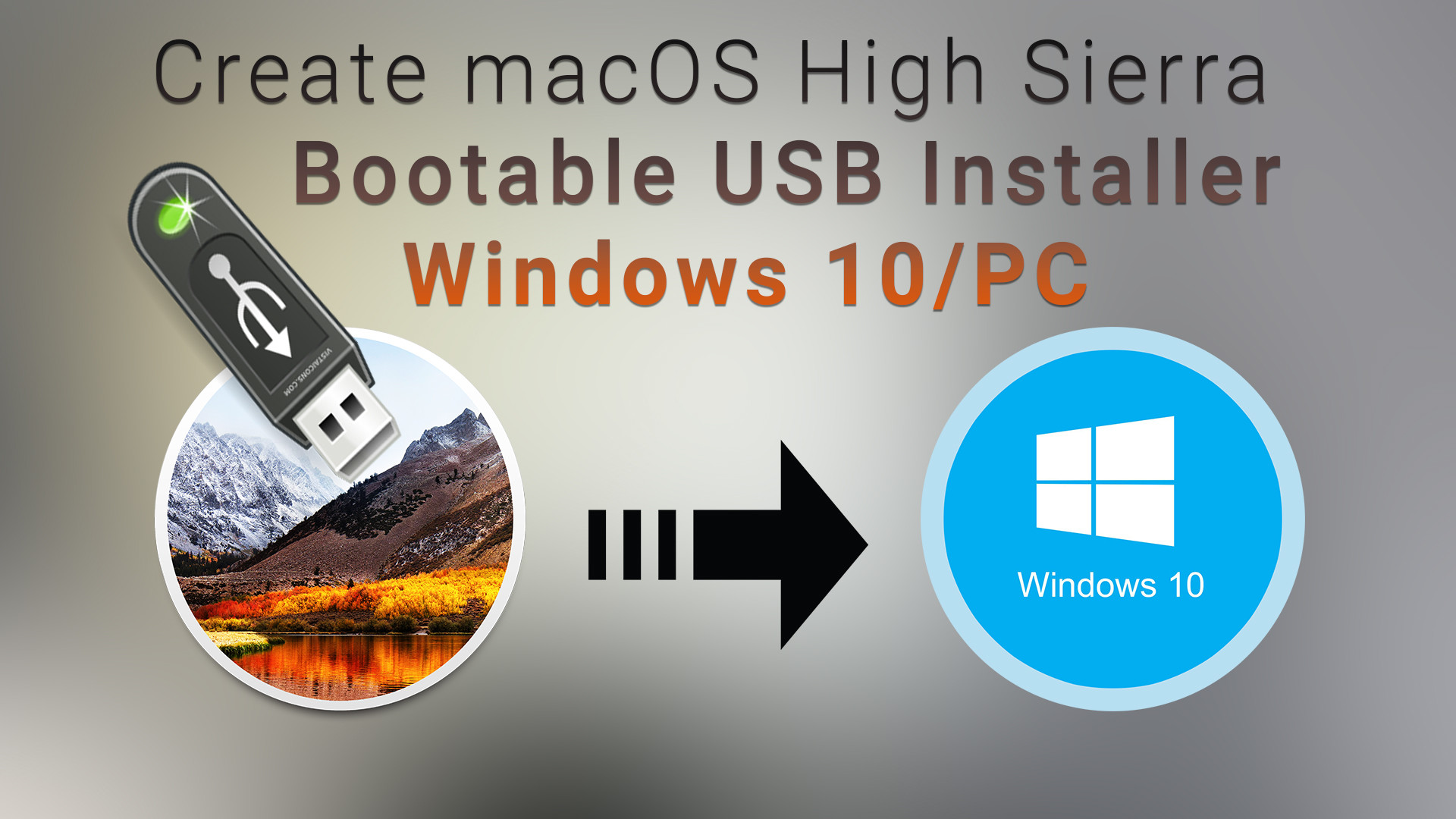

If it’s already empty, this prompt will not show. If your USB has anything on it, you will be asked to format the drive.Note that your USB will be formatted, so ensure that you save the content before continuing.If it isn’t already, insert your desired USB, and select it from the drop down menu.Since we are creating a USB device, click USB device.Open the software, and use the browse button to select your ISO.Even though the software is called “Windows 7 USB/DVD Download Tool,” it works for Windows 10 and 8 as well.Download and install the Windows USB/DVD Download tool, which you can get from here:.Note the source tab and the image of the disc in the bottom left as they relate to the steps above. Click the little folder next to destination to open the file location of the ISO, where you can easily access it and move it if desired.įigure 1: screenshot of software before creating a disc image.Click the image of the disc pointing to a file to start the ISO burn.

If you have multiple disc drives, check to make sure that you have selected the drive with the Microsoft install disc under the source menu (see Figure 1).After installing ImgBurn, open the software, and click “Create image file from disc.”.Download ImgBurn, a free software which allows you to burn files to disk and create image files of discs.If you downloaded the files from Microsoft, then you should already have the ISO file, and skip to step 2.Start off by ensuring you have an ISO file of the Windows Install.


 0 kommentar(er)
0 kommentar(er)
